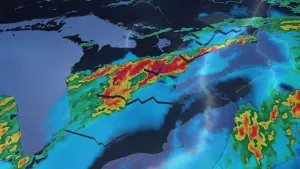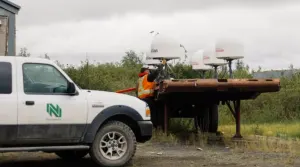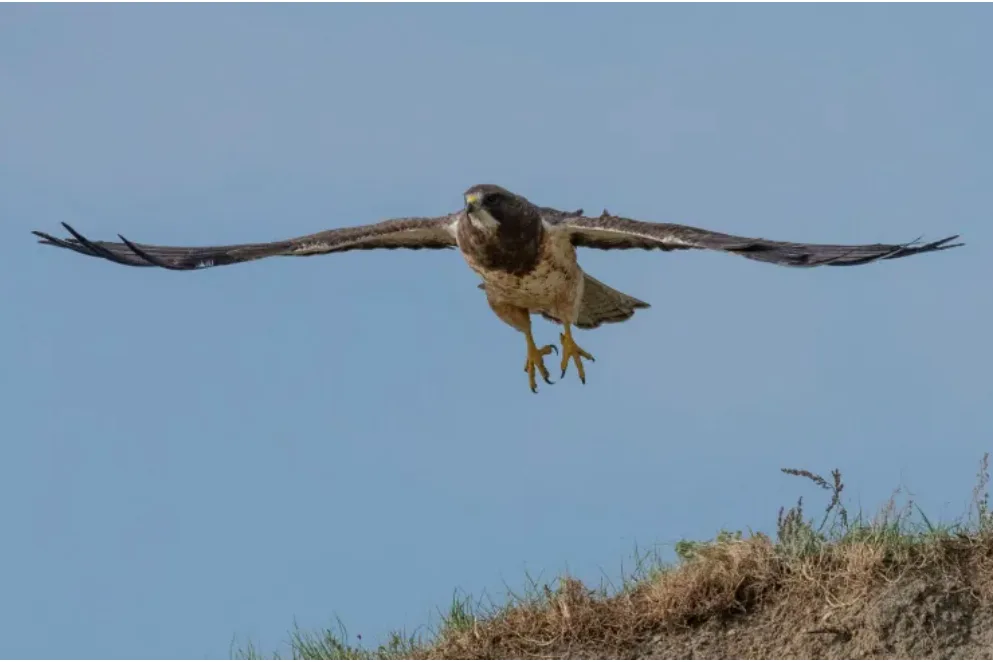
Hope for world's bird populations despite recent 'alarming' report
A global document paints a grim picture for our birds: One in eight species are facing extinction. But there are reasons to be hopeful for their recovery, says a Nature Conservancy of Canada (NCC) biologist.
While it may seem like fate is written for the world's birds, there are reasons to be optimistic for their populations despite a new report that says one in eight species are threatened with extinction.
The fifth edition of State of the World’s Birds assessment was recently released, addressing the current state of birds across the globe. Other key highlights include data from the International Union for Conservation of Nature (IUCN) Red List that shows nearly half (49 per cent; 5,412) of the world's bird species are in decline.
SEE ALSO: Scientists figure out how many birds are in the wild. What's your guess?
The document outlines what the animals tell us about the state of nature and the pressures upon it, as well as the solutions in place and what is needed. It centres on birds because they are an excellent barometer for planetary health, according to BirdLife International, producers of the report.
In a recent interview with The Weather Network, Sam Knight, Nature Conservancy of Canada's (NCC) national science manager and conservation biologist, said she isn't surprised by the findings of the report, but she also acknowledged it is "alarming" since the latest document indicates an even further loss of birds since the 2018 edition.
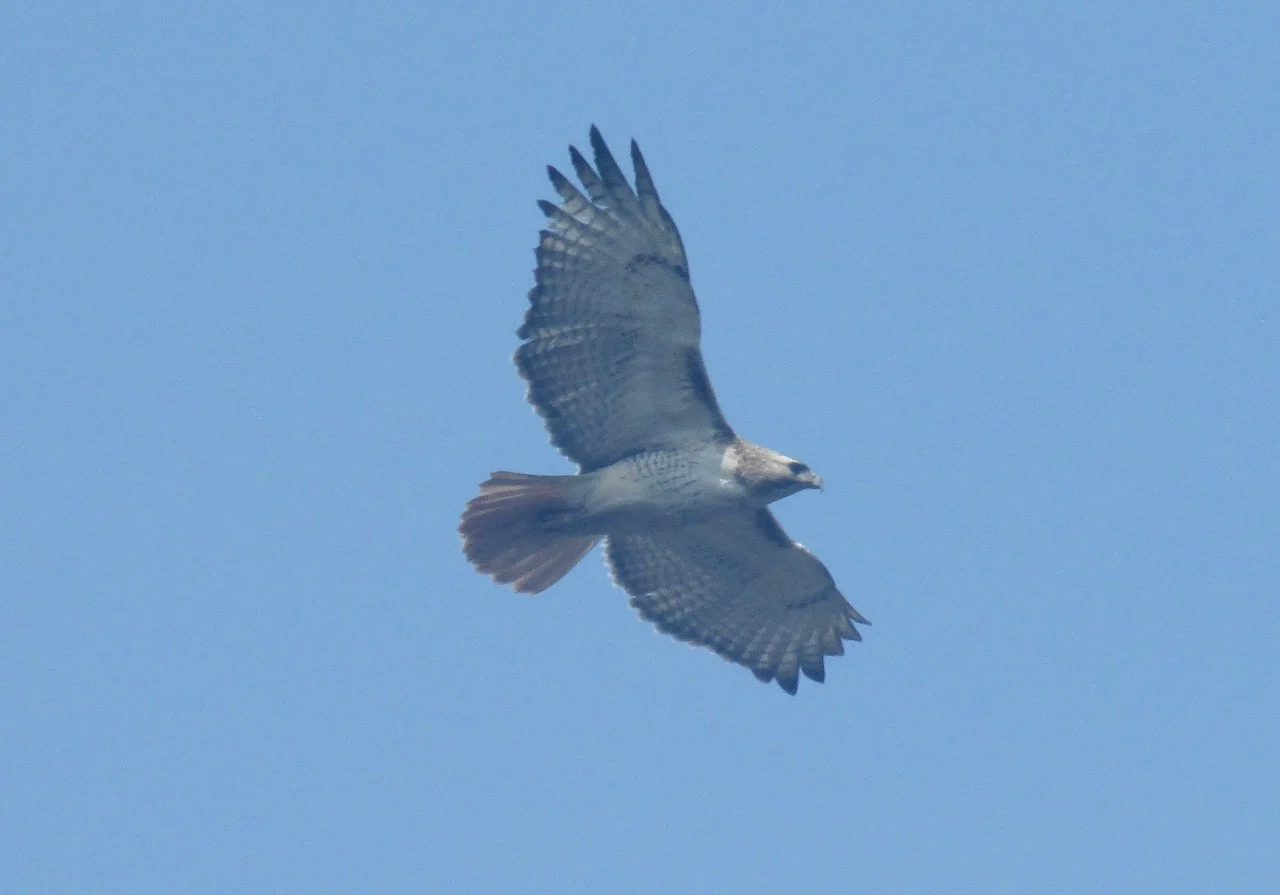
(Nathan Howes)
"There's [been] a huge jump in the past four years in the number of species that are declining, which tells us that the threats are becoming more and more threatening," said Knight. "I'm perhaps not surprised at seeing the numbers at face value, but then looking into how much they've changed recently really is quite an alarming thing."
'We can tackle this problem'
But the BirdLife International report does offer some glimmer of hope, with IUCN data showing 38 per cent of populations (4,234) are stable and six per cent (659) are increasing.
"There are many species that have been brought back from the brink of extinction. People are becoming more and more attuned with nature and willing to do things to support nature," said Knight.
"I really think that we can tackle this problem."
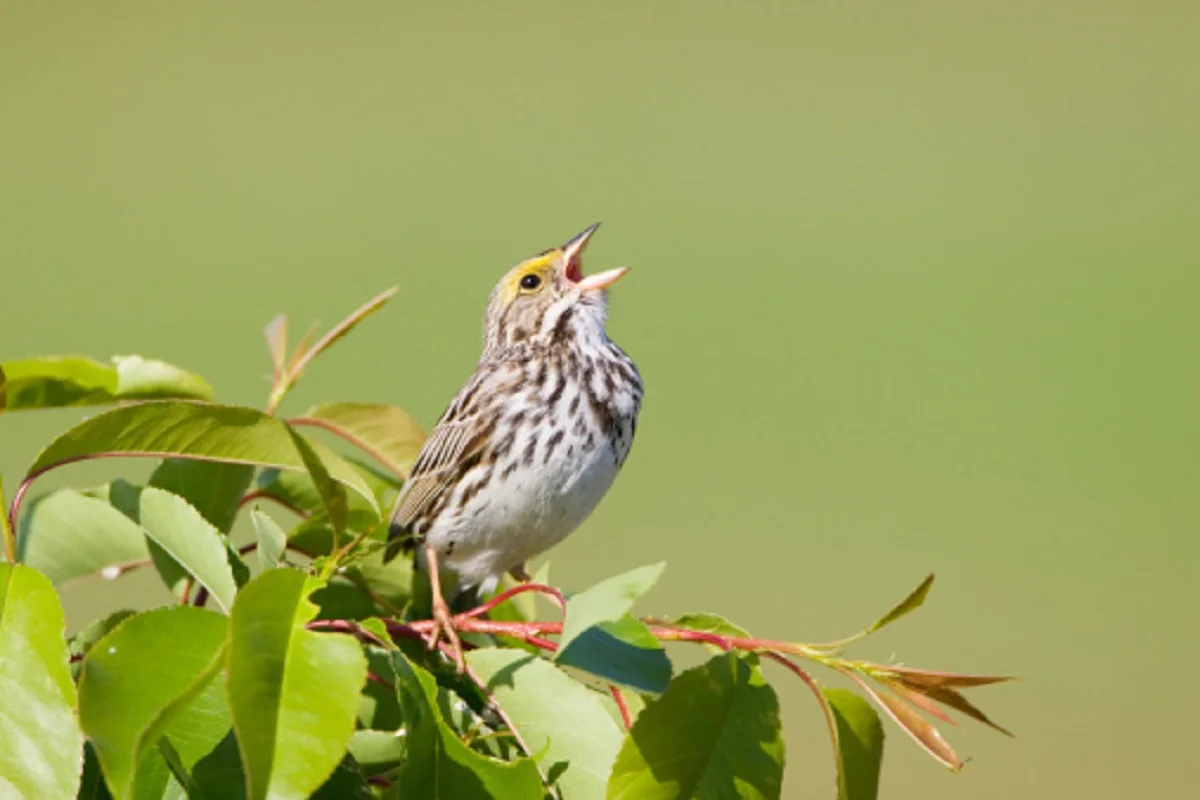
(Getty Images)
WATCH: City lights are confusing birds, here's how to help our feathered friends
There are many things we can do in our own backyard to reduce the threats to our birds. The primary focuses are keeping cats tethered while they're outdoors or, alternatively, build an enclosure outside so the felines aren't posing a risk to birds while roaming free. The other idea is to proof the home's windows, Knight noted.
In Canada alone, the BirdLife report says an estimated 100-350 birds are killed by cats -- an invasive species -- annually, while approximately 16-42 million of them die in collisions with buildings each year. Birds are disoriented by reflections of open sky or vegetation during the day and artificial light at night.
"Birds are at risk of hitting windows, especially because they don't understand that the reflection of trees and sky isn't real," said Knight. "You can actually put some little patterns or markings all over your windows to be able to reduce that threat on a personal level around your house."
Another thing people can do is plant native plants and create gardens that have flowers that bloom from early in the spring until late into the fall, in an effort to support our pollinators, she said.

(Videoblocks)
"Native plants are generally more beneficial than a lot of our garden varieties because garden varieties have often been bred to look good, but it often means they lose some of their nutritional value or some of their nectar sources, for example," said Knight. "And the pollinators [also] appreciate having sources that they know are local."
As well, supporting organizations such as the NCC, either through volunteer work or a donation, is helpful as it needs assistance to be able to do its work, she added.
WATCH: How birds are adapting and lowering risk of extinction
Numerous reasons attributed to decline
Going back more than 50 years, North America has lost nearly 3 billion birds (29 per cent) since 1970. The report stated these disappearances have been most "severe" in species found in grasslands and those that migrate, with 419 species losing 2.5 billion individuals and 31 species losing 700 million individuals.
Some of the biggest reasons for the dwindling of the populations include degraded or loss of habitats, logging, pollution, climate change and invasive species, among others.
Out of the aforementioned factors, habitat loss and degradation can be blamed for the biggest losses, the NCC national science manager said, so more needs to be done to prevent them.
She acknowledged the Canadian government's current commitment of protecting 30 per cent of terrestrial lands and waters by 2030 in its 30-by-30 initiative as an example of what the country is doing to help biodiversity.

(Jensen Edwards/Nature Conservancy of Canada)
"So, they have this goal in mind, but they can't tackle this alone. That's where we come in...to be able to help them do this and be able to conserve land we work with," said Knight. "It's not just the government that has to tackle that problem."
The report should also be of concern to people outside of the scientific community because birds play important roles in our ecosystems, Knight said. They are predators that kill agricultural pests, they're pollinators, and they are peaceful and enjoyable to watch for millions of people.
Because of how widely distributed birds are, it is simple to survey them and they are highly responsive to environmental change, she said. "If we know that birds aren't doing so well, this is probably revealing some wider trends in biodiversity loss," said Knight.
UN conference is a 'good opportunity' to start doing more
In December, the 15th Conference of the Parties (COP15) to the United Nations Convention on Biological Diversity (CBD) will be meeting in Montreal to focus on protecting nature and halting biodiversity loss around the world.
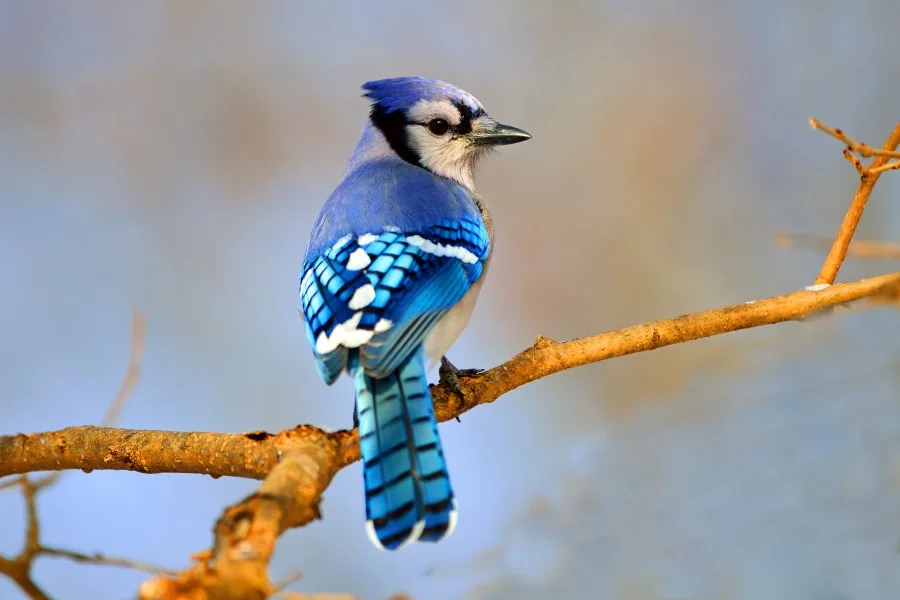
(Getty Images/Brian E. Kushner)
"I'm encouraged by what is going to happen at the United Nations conference in Montreal. I think we have a really good opportunity over the next few months to mobilize and start doing more to support," said Knight.
The gathering is going to be a critical juncture to set environmental priorities for the near future, so everyone will be looking to Montreal to see what we come up with, the NCC biologist stated.
"Anything that is improved for nature, [such as] reducing habitat loss and reversing it, will help birds at the end of the day," said Knight. "Also, by doing things like improving habitat in our own backyard, we can at least support the birds that are still around, which is great, even if we're not really doing quite as much to stop the main threats."
WATCH: Study finds 'The Blob' responsible for the death of millions of birds
Thumbnail courtesy of Jason Bantle/Nature Conservancy of Canada.
Follow Nathan Howes on Twitter.








